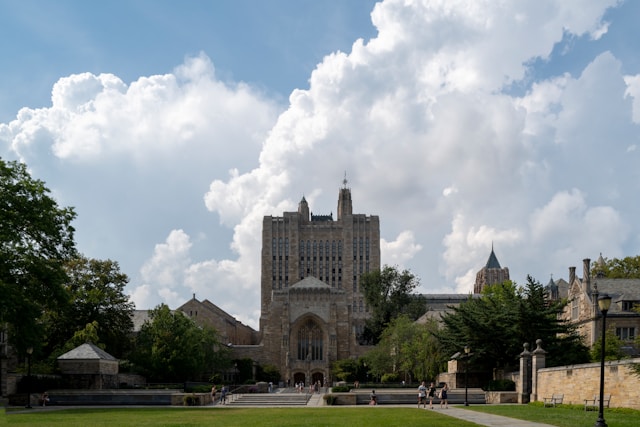The Connecticut House of Representatives just approved a $500 million emergency relief fund. Lawmakers say this move aims to protect the state’s most vulnerable residents and keep social service programs afloat, especially after the nation’s longest federal government shutdown.
This fund is meant to prepare for possible future funding cuts from Washington. Democrats mostly drove the measure, but it got bipartisan support, highlighting an ongoing debate about how Connecticut should use its financial strength as federal aid shrinks for essential programs.
Explore top-rated stays with no booking fees and instant confirmation. Your dream trip starts here!
Start Exploring Now
Historic Relief Fund Approval
Lawmakers in Hartford voted 126–20 to set aside one-fifth of last year’s $2.5 billion budget surplus. The relief fund goes beyond the state’s spending cap, so it needed a 60% supermajority to pass.
This money is set to help residents affected by federal disruptions through June 2026. Programs like SNAP, WIC, school meals, heating assistance, Medicaid, child care, and housing aid are the main focus.
Bipartisan Backing but Democratic Drive
Both parties supported the initiative, but Democratic leaders really pushed it, pointing to real-time federal cuts already hurting families in cities like New Haven, Bridgeport, and Waterbury. Governor Ned Lamont, who’s usually a fiscal moderate, backed the plan.
He seems willing to tackle short-term crises while keeping an eye on the state’s long-term financial health.
Planning for Federal Aid Reductions
Some Republican legislators from towns like Greenwich and Shelton argued that emergency funding isn’t needed now that the shutdown ended. Still, others admitted Connecticut needs to prepare for more federal aid reductions.
Federal support for Medicaid, nutritional programs, and health insurance subsidies has already dropped. Cities like Stamford and Meriden are feeling the impact.
Protecting Working Families
Democrats pointed out that working families in Hartford, Middletown, and Danbury are already dealing with the fallout from cuts to key programs. By setting up a reserve for social services, the state hopes to make sure people aren’t stranded if another federal budget fight breaks out.
Governor Lamont’s Approach
Lamont usually hesitates to use state dollars to permanently replace federal aid. He prefers targeted actions over big, sweeping changes.
During the shutdown, though, he moved quickly to temporarily cover stalled SNAP benefits. That showed he’s ready to step in when things get urgent.
His support for the relief fund shows he recognizes the risks of an unpredictable federal budget.
Long-Term Fiscal Strategy
If there’s money left in the fund by July 2026, the state will use it to pay down its huge $35 billion pension debt. Lamont’s approach tries to balance immediate help with fiscal responsibility.
He wants the fund to offer a safety net now and help Connecticut’s finances in the long run.
Advocacy and Social Impact
Advocates from all over the state, including groups in Torrington and New Britain, say the crisis makes lasting reforms more urgent than ever. Some are pushing for renewed funding for universal free school meals, arguing it would directly fight food insecurity and help kids thrive, no matter what happens in Washington.
Key Benefits of the Relief Fund
The emergency reserve is expected to provide support in several crucial areas:
- Nutrition Assistance – Programs like SNAP, WIC, and free school meals will benefit from reliable funding.
- Heating Aid – Help for low-income households to afford winter heating costs.
- Medical Coverage – Ensuring Medicaid can continue serving thousands without disruption.
- Child Care Support – Financial aid to keep child care centers open and affordable.
- Housing Assistance – Resources for people facing eviction or homelessness.
- Pension Debt Reduction – Responsible use of any leftover funds to ease long-term obligations.
A Statewide Commitment to Resilience
From urban centers like Bridgeport and Stamford to smaller communities like Shelton and Torrington, the relief fund represents a unified commitment to resilience.
It’s a proactive step that recognizes both current hardships and the ongoing challenges from federal retrenchment in social spending.
Connecticut’s leaders are betting that by investing today, the state can protect its residents tomorrow—no matter what happens in Washington.
Here is the source article for this story: CT House poised to adopt relief fund to bolster federal programs
Find available hotels and vacation homes instantly. No fees, best rates guaranteed!
Check Availability Now








